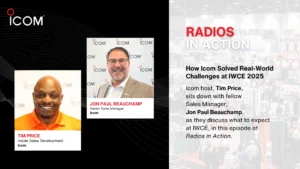NEMO-Q: The Science Behind Wait Time Perception
Today’s consumers are accustomed to instant gratification. This pleasure principle has put immense pressure on retailers and services in all industries to create a better experience for consumers. However, waiting in line for extended periods is antithetical to this goal.
Even if service is quick and easy when the customer is attended to, when forced to wait in line, his or her takeaway from the experience could very easily be aggravation, stemming to walkouts and harming the business’ reputation. A well-designed queuing system can eliminate walkouts entirely and instantly change the customer’s perception of wait time in the process.
Same Wait Time, Different Feeling
According to Psych Central, it is not only the wait time that leads to aggravation in a customer, but the uncertainty of that time.
Everyone can attest to the fact that unoccupied time passes more slowly than when the brain is engaged, but there is more that leads to exasperation than that. Disorganization breeds anxiety and when customers are unaware of the reason for a wait, or how long the delay will be, they respond more negatively than if they had to endure the same wait time in a more clearly explained or engaging manner.
The Psychology of Waiting
According to an article by business author David Maister, companies should not only be concerned with wait time, but how that wait time is experienced. He points to the equation S=P-E (Satisfaction is equal to Perception minus Expectation)—meaning a wait of two minutes can feel like an eternity or just an instant based on the customer’s expectations of the service provided.
Places of business that cannot provide a fair and clear waiting arrangement risk a serious strain in customer relations. The FIFO (First In, First Out) rule is an example of a smart system that provides clarity to those who are waiting in line. However, at places like a grocery store with multiple check out areas, this flow can be hard to enforce.
As such, well-designed queuing systems like those provided by NEMO-Q are essential to implement at any place of business that deals with an influx of customers.
The Right System Matters
NEMO-Q has a wide array of virtual queuing systems that allow customers to check in and secure a place in line through a digital kiosk. Customers will then be alerted via call or text message when they can be attended to, allowing them to make better use of their time while removing the need for line formations.
From the business’ perspective, this clears up lobby space and reduces people’s impression of wait time because their brains can still be engaged in other activities during this downtime. Customer concerns and information are also taken into consideration through the kiosk, so company representatives are aware of that person’s specific needs before they arrive at the point of sale, making the process faster.









